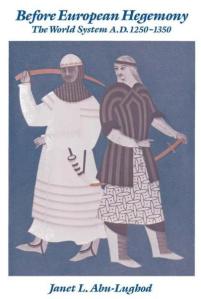John, Mary & Anastasia, take a bow: Cork’s Smiddys and Beausangs in 1901
The Irish Family History Foundation has started to put online its researchers’ work on the earliest complete Irish Censuses – those of 1901 and 1911. (Permit me to digress and lament the various circumstances, from bizarre mid-Great War bureaucratic decisions to Irish Civil war tactics, that led to the destruction of the 1821-1891 Irish censuses, one of the longest-running censuses in the world, in less than ten years.)
Being a quarter Cork, I decided to avail of the Cork North & East service and examine two of my main Cork surnames, both of which are relatively rare – Smiddy (could be a Catholic offcast of a branch of the Smithwicks, or maybe a Scottish name, no-one seems to know for sure) and Beausang (lots of fancy stories about this, most involving France, naturally enough – previously Boozan, Bouzane, Boosean and whole host of further variants!)
The first thing I did was check out all the first names in each of the Censuses. Being now entirely won over by the phenomenon that is word-clouds, I made a cloud of Smiddy 1901 Census first names from Cork, you can preview it below, or click on the link to see the full details.

Plain old John and Mary lead the way – no surprises there – followed by Patrick, Timothy, Maurice, Thomas and Michael for the men, and Catherine, Bridget, Margaret and Johanna for the ladies. Of all the names, only Timothy and Maurice stand out for being particularly family-related – all the others are very common 19th century Catholic names altogether.
I did the same for Beausang and all its variants here:

In the Beausang clan, poor old John is dumped off top spot by James, although Mary continues to dominate the ladies. William, Patrick, Michael and Thomas are still there – but sure enough, no sign (well hardly any) of Timothy or Maurice and instead Richard features. James and Richard would be expected to be there, given their prominence in the 1820s/1830s Tithe Allotment returns and again in the Griffith’s Valuation returns.
What I found fascinating, though, is the presence of Anastasia/Anastatia on both lists. The 1901 Census was conducted just as Irish society was connecting to the wider world in a less step-shift way than permanent emigration. Looking a the full database in my extended family tree, international communications seem to have caused a revolution in naming from the late 19th Century in Ireland. New names enter families as the old Irish naming procedure was replaced by a desire for the unusual. I must check up on which royal family boasted an Anastasia in the 1890s – presumably the Romanovs? – to inspire Cork-based copycats!
I’ve also wordled up the parishes where they lived, so I know which parish records to go back and have a look at. I did it for both the 1901 and 1911 censuses, for both surnames. Here’s Smiddy, 1901:

And here’s Smiddy, 1911.

Here’s Beausang, 1901:

And here’s Beausang, 1911:

I’m a bit sceptical about making comparisons across time based on the IFHF census records, as I don’t believe that all Beausangs and Smiddys based in St. Mary’s – presumably St. Mary’s Shandon – moved from there to Youghal on the Cork-Waterford border between 1901 and 1911. Much more likely, I should think, is that not all civil parish returns are there for both years. We’ll have to play the waiting game on that one, but in the meantime
As you can see, there’s a huge overlap between the two surnames, particularly in the four civil parishes furthest east on Cork’s coast – Ightermurragh, Kilmacdonogh, Clonpriest and Youghal – home incidentally to all our Anastasias!

